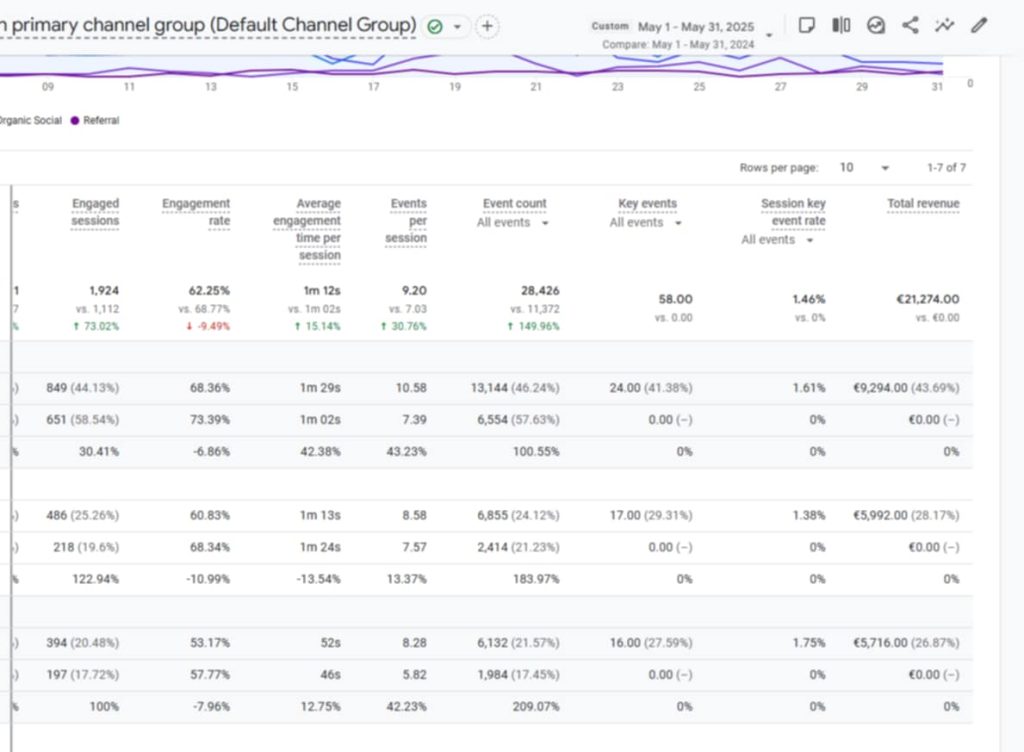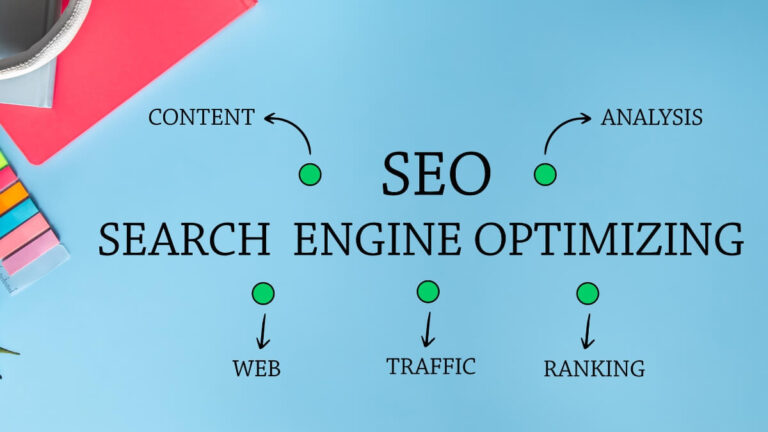
The “online presence” of you business website
Still treating your website like a digital brochure?
Almost every business has some form of a company profile and an online presence, but it’s no longer enough to “be online” just to exist. In 2025, saying “we have a website” will become an example of “we’re up to date“. As a business owner, why should you go beyond online presence? Having a website is only the starting line.
Having an online presence is only the bare minimum, a website is a digital shopfront, a customers first point of contact with a service. A website can become a powerful tool that in this time and age every business should consider having. Alongside the marketing, the shopfront should be leveraged to grow, retain customers, and use effective tools for generating leads.
The outdated mindset: The website as a brochure
For many companies, especially in traditional industries, a website still has a purely informational function. It provides basic company data, contact information and perhaps a few product or service pages. This is the digital equivalent of handing over a flyer.
However, this approach doesn’t meet the expectations of today’s users; or the needs of your organization.
An effective website in today’s marketplace must be:
• Discoverable through search
• Optimized for engagement
• Engineered for conversion
• Integrated with your sales and marketing strategy
Why your website is a business tool- Not just a presence
A powerful website works harder than most salespeople. It doesn’t sleep, doesn’t take breaks and can serve customers across time zones. But apart from that, a strategic website is different from a passive website.
1. It attracts the right traffic
SEO (Search Engine Optimisation) secures that your website appears in front of people who are actively searching for your products or services. This means that your website can organically attract highly interesting users; without having to rely on paid advertising.
2. It builds trust and authority
Before users convert, they need to trust your brand. Your website can play a crucial role here by providing case studies, testimonials, customer logos, certifications and clear value propositions. A professional, well-structured website will increase your brand’s credibility almost instantly.
3. It converts visitors into customers
A website designed with Conversion Rate Optimization (CRO) principles in mind does more than inform; it guides users toward action. Whether it’s purchasing a product, booking a consultation, or submitting a form, your website should always be aligned with your business goals.
4. It provides business intelligence
Modern websites are not static pages; they are data hubs. By implementing analytics tools, you can learn how visitors behave, where they drop off, and what content converts best. This insight enables continuous improvement based on real-world data.

5. The real cost of treating your website as a placeholder
A common scenario: A company sets up a website and doesn’t touch it for years. It works, loads and contains basic information, but it doesn’t contribute to business growth. In reality, this type of “placeholder” website has a hidden cost.
• Lost leads due to poor user experience
• Missed revenue opportunities from non-optimized pages
• Wasted advertising spend if landing pages aren’t designed to convert
• Damaged reputation if the site appears outdated or unprofessional
If your website isn’t helping your business grow, then it’s holding it back.
Common mistakes businesses make with their websites
To understand the value of your website, you must first avoid the pitfalls that compromise its effectiveness. Here are the most common mistakes:
- Prioritizing design over function
A visually impressive website can still be sub-par if it doesn’t fulfil users’ expectations or guide them to clear actions. Good design supports usability —and not the other way round. - Ignoring mobile optimization
With over 60% of internet traffic coming from mobile devices, a website that is not fully responsive is not only a poor experience; but also a competitive disadvantage. - Underestimating content
Thin, generic or outdated content not only fails to appeal to users, it also harms your visibility in search engines. High-quality, targeted content is crucial for both search engine optimisation and conversion. - Lack of clear calls to action (CTA)
Many websites lack a clear path that leads users to the next step. Every important page should include a visible, relevant call to action that is aligned with the user’s intent. - Neglecting SEO
Technical SEO, keyword targeting, structured data, internal linking; these are not optional elements. If users can’t find your website via search, you are missing out on qualified traffic. - No data-driven decisions
Relying on assumptions or outdated performance data leads to ineffective decisions. Modern websites require constant testing, analyses and adjustments.
What a modern, strategic website should include
A business-orientated website must be designed to deliver measurable results. The most important components include:
• Strategic structure: Clear site architecture that supports user journeys and SEO crawlers
• Targeted content: Content that speaks directly to your audience’s pain points and queries
• Technical performance: Fast loading times, secure infrastructure, and mobile-first design
• Conversion mechanisms: CTAs, forms, booking tools, or e-commerce functionality aligned with business goals
• Trust signals: Customer reviews, client logos, case studies, awards, and certifications
• Analytics framework: Integrated tools like Google Analytics, Search Console, heatmaps, and conversion tracking
This is how a website becomes more than a presence; it becomes a growth engine.
Rethinking your website: From static asset to active strategy
Rethinking your website starts with a simple but effective step: no longer see it as a cost centre, but as a revenue driver.
This means asking strategic questions:
• What role does your website currently play in your sales process?
• What’s the conversion rate of your landing pages?
• How are users interacting with your content?
• Which pages drive the most revenue; and which underperform?
Without answers to these questions, you are only guessing. With answers you optimise.
Real-world proof: How strategy drives results
Two clients illustrate how a deliberate approach to SEO and CRO can turn a passive website into a powerful business asset.
Client Example 1:
• 2024 Organic Search Sessions: 622
• 2024 Purchase Revenue: €0
• 2025 Organic Search Sessions: 1,116
• 2025 Purchase Revenue: €8,308

A 507.1% increase in sessions and a shift from no revenue to a measurable returnon investment, driven by SEO optimisation, targeted content and an improved user interface.
Client Example 2:
• 2024 Organic Search Sessions: 84
• 2024 Purchase Revenue: €0
• 2025 Organic Search Sessions: 510
• 2025 Purchase Revenue: €8,907

In this case, strategic improvements to content structure and usability led to a 79.4% increase in traffic and significant revenue growth from previously untapped organic channels.
These aren’t isolated results; they’re examples of what’s possible when your website is treated as a business tool rather than a placeholder.

Final thoughts
If your website is not attracting, converting and retaining customers, it is not doing its job. In a digitally-driven economy, why your company website is more than just an “online presence” is a question of survival, not just performance.
Revamping your website is not a cosmetic decision; it’s a strategic investment. The companies that will grow in 2025 are the ones that see their website not as a digital brochure, but as an integrated part of their marketing and sales ecosystem.
Resources:
Search Engine Optimization (SEO) Starter Guide
Expand your SEO and marketing knowledge
See also, Why is my page not shown on Google?











